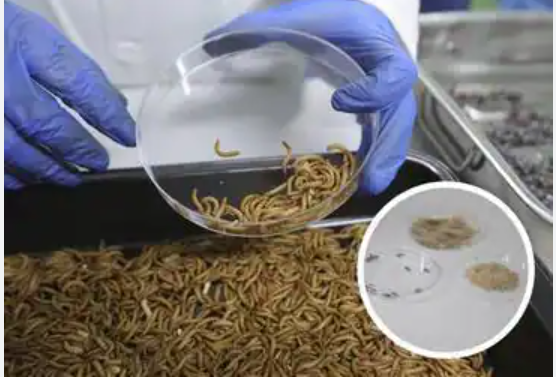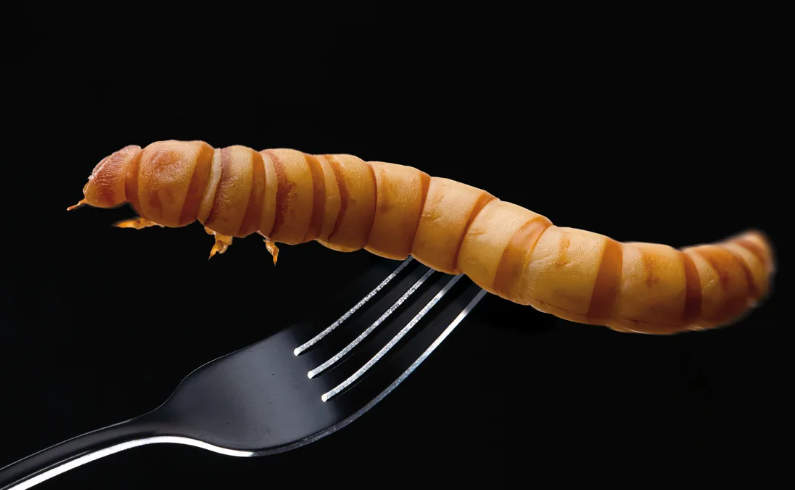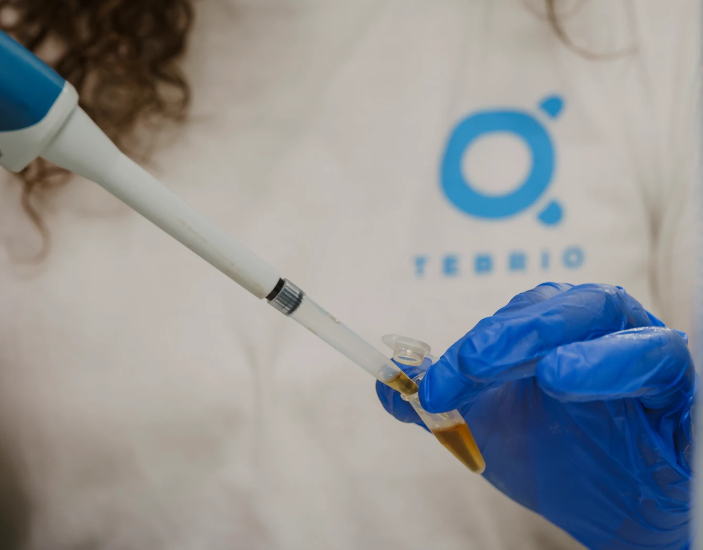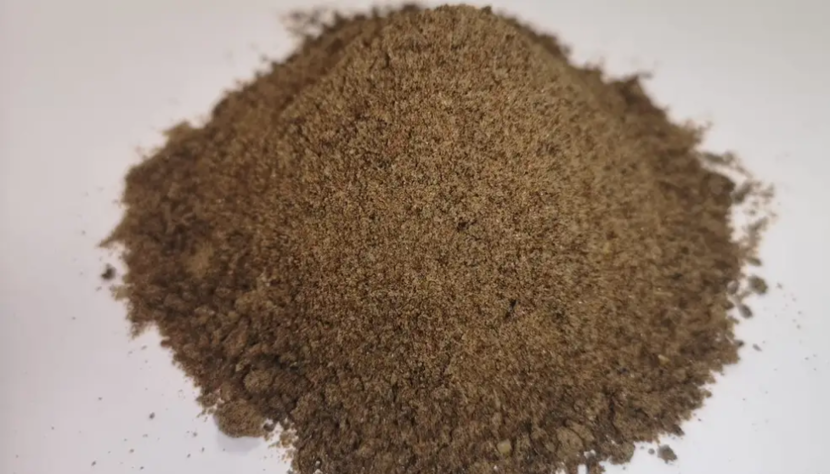Worm megafarm in Spain
The world's largest mealworm plant for human and animal consumption will open in Salamanca, in 2024, with an investment of 100 million euros. At present, Spain already has 37 insect farms in operation.

Under the umbrella of the 2030 Agenda and with the idea of freeing land for crop and livestock farming and using it to improve biodiversity, growing edible insects is going to prevail through mega-million-dollar investments backed by investment funds. "There is going to be a lot of money to be made from it, just like with synthetic meat that we will also soon be eating even if we don't like it." A Spanish journalist, specialized in environment and agriculture, is so critical in his weekly article in a national newspaper.

Lack of strategic autonomy
It is clear to the European Parliament that the EU is heavily dependent on imports of high-protein plant products from third countries, as well as soybeans and soybean meal from the United States and South America. Especially in America, this dependence is often the reason for land use change and an increased water footprint. This is stated in a recent report prepared by the European Parliament's Committee on Agriculture, which proposes a roadmap to address this lack of European strategic autonomy in the field of proteins.
The Committee points out that more than two-thirds of the EU's vegetable proteins are imported; barely 30% of the vegetable proteins used mainly in animal feed are produced on the continent, while the figures for soybeans are even higher: 90% come from Brazil or the United States. “The EU is designing its strategy and studying where to obtain new proteins. This recent text names insects along with legumes and other plant proteins. This is quite an achievement”, Francisco García, spokesman for the biotech company Tebrio, explains.
Mealworm is the star of the show in Salamanca
Tebrio has been working in Spain since 2014 on insect production, specifically with the mealworm. Mealworms are the larval form of the yellow mealworm beetle, Tenebrio molitor, a species of darkling beetle. Different products are obtained from these insects depending on their stage of development. Protein and fat are extracted from the larval stages and chitosate when they have transformed into beetles.

"We obtain products for animal and even human food, biofertilisers and chitosate. In addition to animal feed or snacks, we can market a natural nutrient for agricultural soils, manufacture bioplastics or treat wastewater. One of the most promising products is biofertiliser because it is an alternative to chemicals," says García.
Sustainability, the main argument
Insect farming is credited with several environmental advantages, using 90% less water than livestock or plant production for food and using 80% less land. "Mealworm farming is more sustainable in terms of resource use compared to traditional animal protein production," sources at the Spanish Biotechnology Association say. For García, "the future lies in animal feed because it frees up arable land and slows down deforestation. Apart from that, we cannot forget the increasingly powerful pet sector".

Is it safe to eat insects?
In addition to the cultural reluctance to eat insects, some people wonder whether there are health risks. Several researchers from the University of León published a study a few months ago in which they claim that, as in the case of shellfish, the consumption of insects can cause allergic reactions. They also mention some substances to watch out for, such as quinine and tannins. "Farm-raised insects are safe as long as good agricultural practices are followed. Insects harvested from the wild can sometimes be very dangerous and should not be consumed," the report says.
Source: La Razón